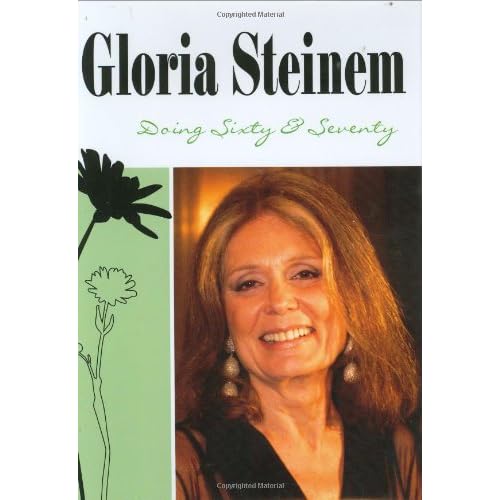
Blog entry by Amy Ambrose, executive director, Milwaukee Aging Consortium.
I love a story about gut-intuition that turns out to be right. And I love a story about people investing in services for older people where they are needed most. Last week I had the pleasure of participating in the Milwaukee Awards for Neighborhood Development Innovation (MANDI Awards) celebration, hosted by Local Initiatives Support Corporation (LISC-Milwaukee).
Community Care, a Milwaukee Aging Consortium member, is a private non-profit organization that provides health, home and community services to low-income frail elderly and adults with disabilities. The organization's mission is to provide the support people need to stay in their homes and communities, where they can continue to enjoy the fellowship of friends and family and play a vital role in their community.
The Vliet Street Adult Day Health Center and clinics now serves about 200 participants. Physicians and nurses; physical, occupational and recreational therapists; dietitians, dentists and other health care providers all are part of the caring team.
They reasoned correctly. Now, they have created a gem in the heart of the city that not only serves the basic needs of elders and their families, but also conveys respect for them and their neighborhood. The
But I am proud to say that the winner in the large project category was another Milwaukee Aging Consortium member and sponsor: Manpower. The global headquarters of Manpower, located along the
Send your comments to this blog or to cmclaughlin@milwagingconsortium.org.




